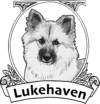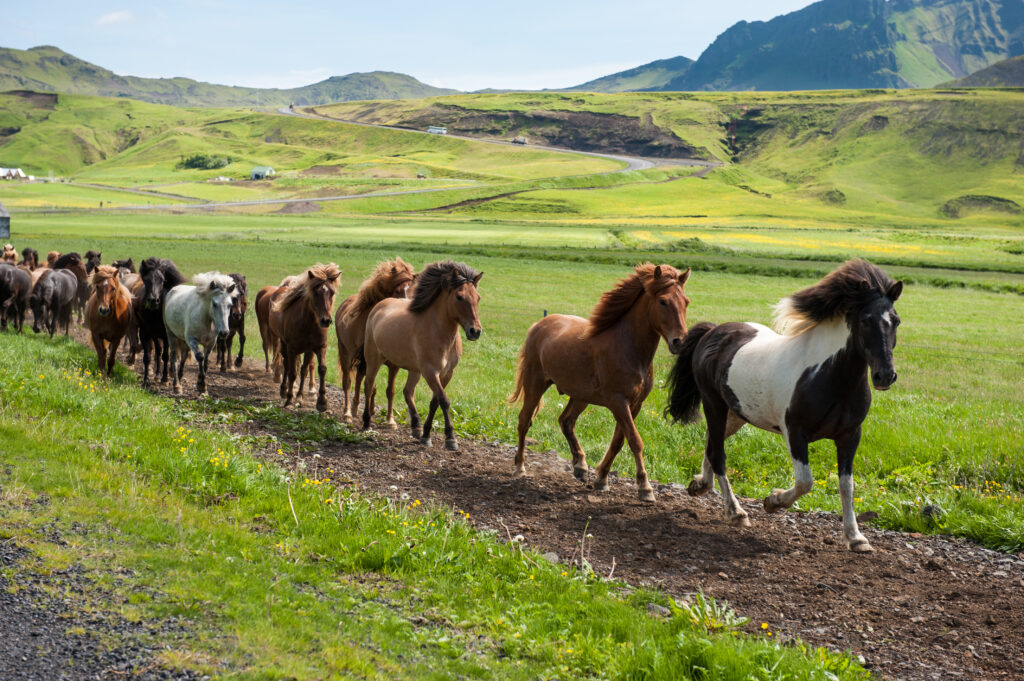Why Do Icelandic Sheepdogs Bark at Flying Objects in the Sky?
Anyone familiar with Icelandic Sheepdogs (ISDs) knows that these lively, intelligent pups have some fascinating quirks. One behavior that often amuses—and sometimes puzzles—owners is their tendency to enthusiastically bark at anything flying overhead. Birds, airplanes, even butterflies can trigger this spirited reaction. While entertaining, this trait has deeper historical roots and provides insight into the breed’s innate characteristics and enduring heritage, as highlighted by Iceland’s new Sheepdog Heritage Center.
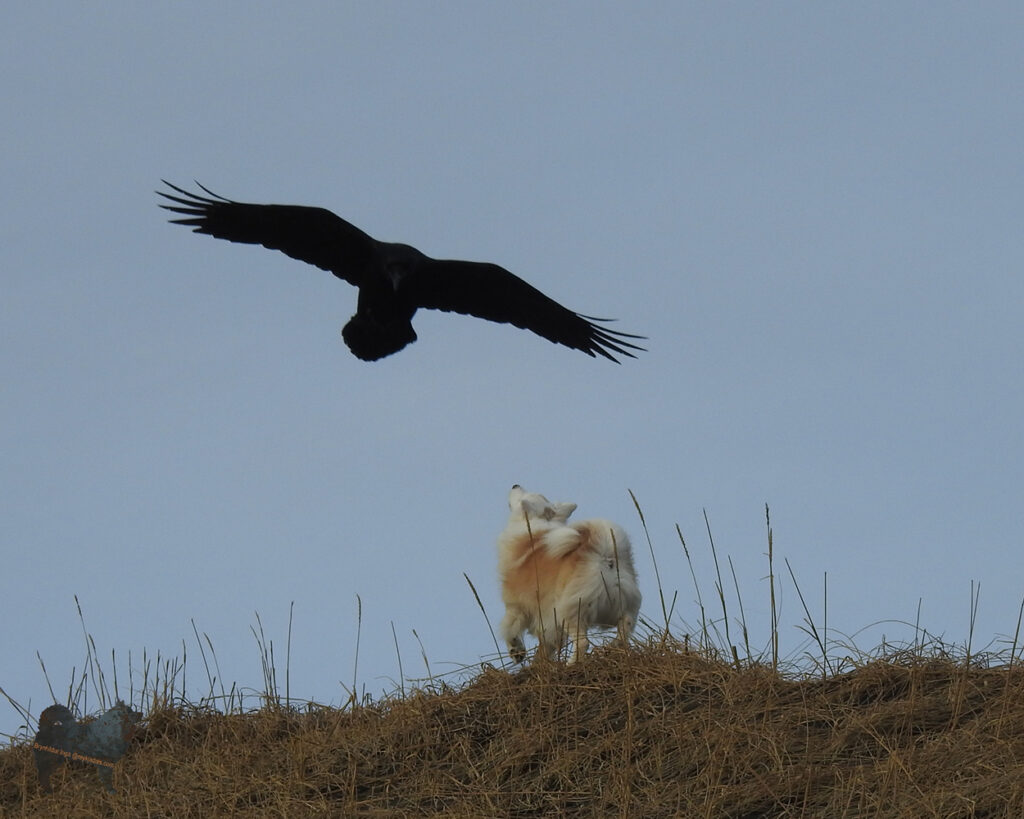
A Legacy of Protection
The Icelandic Sheepdog originated over a millennium ago alongside Norse settlers on Iceland’s rugged shores. Their primary role was guarding sheep and livestock, working across open lava fields and mountainous terrain. Among the most serious threats in that environment were aerial predators—ravens, hawks, and occasionally eagles—known to target vulnerable lambs.
At the Sheepdog Heritage Center in Skagafjörður (opened May 2025), visitors learn how early shepherds relied on ISDs as an essential “alarm system.” Archival exhibits include rare mid-19th-century illustrations of Icelandic Sheepdogs standing guard in pasturelands, ears pricked skyward and alert to any movement above. These museum displays underscore that ISDs’ barking at flying objects was not mere noise—it was a vital, life-saving warning that allowed shepherds to respond before a lamb went missing. The double dew claws and sure-footed build of those original working dogs helped them maneuver rocky slopes quickly, positioning themselves to intervene or lead lambs to safety.
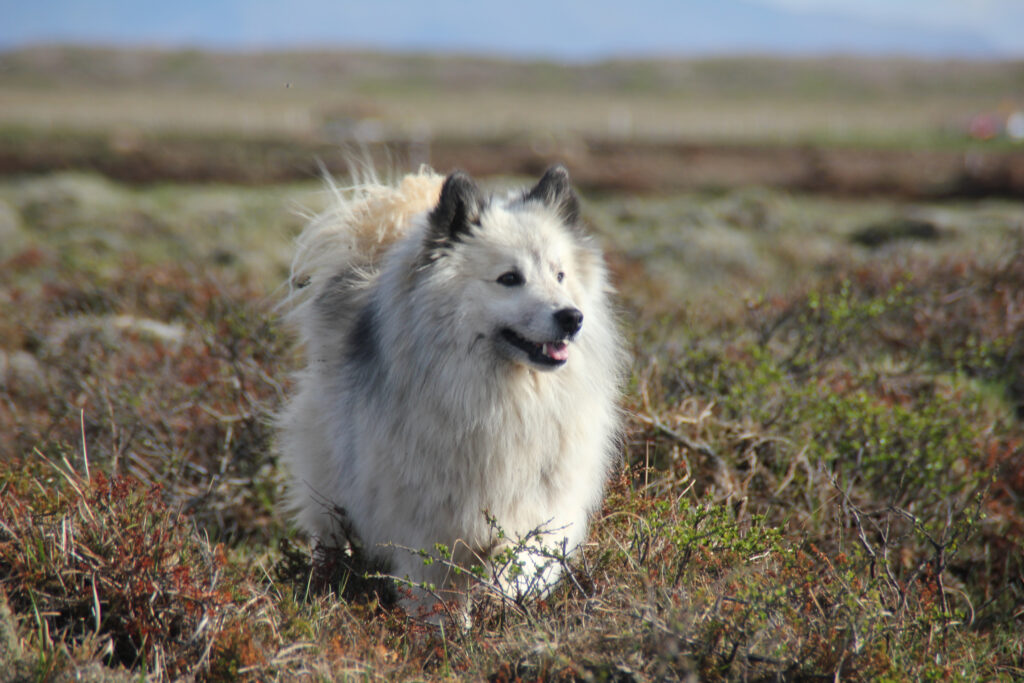
Instincts in Modern Times
Today’s Icelandic Sheepdogs may spend less time on sheep pastures, yet their protective instincts remain remarkably strong. An Icie excitedly barking at a flock of geese or circling drone is simply expressing that same inherited vigilance. At the Heritage Center, live demonstrations feature resident Icies “Sómi” and “Hraundís” alerting visitors when even a small drone buzzes overhead—just as their ancestors would have sounded an alarm for a predatory bird.
However, in suburban or city settings, this natural inclination can become disruptive. Understanding that this behavior is rooted in centuries of working dog tradition helps owners appreciate why their Icie reacts so strongly. Recognizing the origin of the behavior—rather than viewing it as mere “excitability”—is the first step toward effectively managing it.
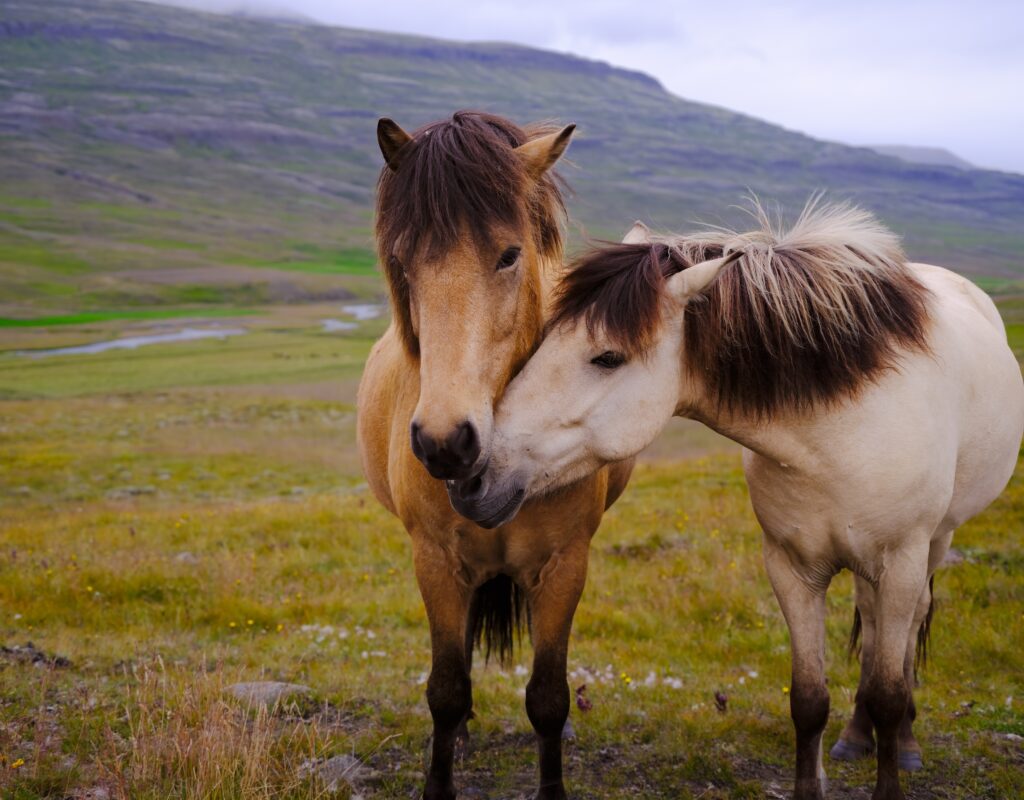
Training for Harmony
While it’s important to honor this historical behavior, proper training and socialization help ensure it doesn’t become a nuisance. Icelandic Sheepdogs respond exceptionally well to positive reinforcement, consistency, and mental challenges. Redirecting their instinctual drive into structured activities can significantly reduce unwanted barking.
- Agility Classes: At 12–18 months, once growth plates close, many Icies excel at agility. The Heritage Center’s archives note how historic herding “lanes” evolved into modern obstacle courses—so today’s courses offer a natural outlet for their drive.
- Obedience & Rally: Teaching reliable “watch” and “quiet” commands helps your Icie choose when it’s appropriate to bark and when to hold back.
- Scent Work & Tracking: As a nod to their herding heritage—and the skills they developed sniffing out sheep—scent-detection games occupy both mind and body, reducing excessive alert barking.
By channeling their energy into constructive tasks, you enable your Icie to satisfy its working-dog instincts without constant skyward alarms.
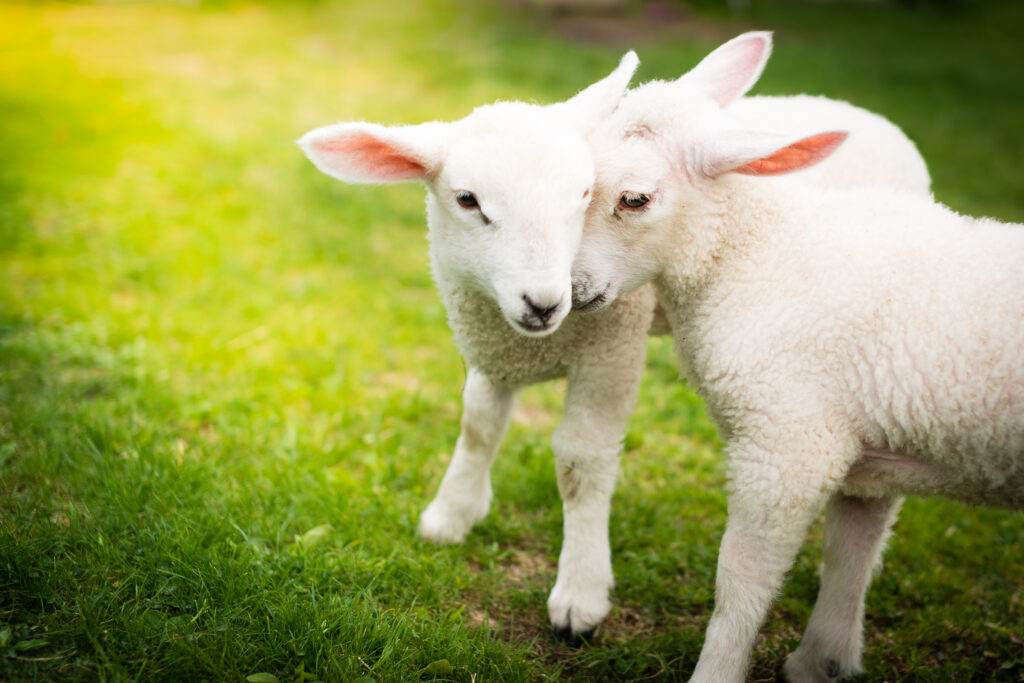
Keeping Your ISD Engaged
Because Icelandic Sheepdogs are naturally alert and energetic, engaging them in regular physical and mental exercise is vital. The Heritage Center emphasizes that early breeders understood the importance of “busy work” to prevent boredom and misdirected energy. Today, owners can replicate these enrichment opportunities with:
- Daily Play Sessions: Interactive fetch, frisbee, or tug-of-war sessions sharpen focus and burn excess energy.
- Puzzle Feeders & Interactive Toys: These tools require problem-solving—mirroring how Icies once had to outsmart uneven terrain to find sheep feeding grounds.
- Structured Herding Games: Use soft balls or cones to simulate flocks, teaching your Icie to “round up” toys in your backyard—a modern twist on ancestral tasks.
By providing an active lifestyle that incorporates their herding heritage, you help manage barking tendencies, making life enjoyable for both dog and owner.
Embracing the Quirk
Ultimately, an Icelandic Sheepdog’s bark at flying objects is a charming reminder of the breed’s vibrant history and diligent protective nature. Whether calling out to warn of a passing hawk or protesting a low-flying delivery drone, each bark connects your dog to its forebears who worked Iceland’s open fields. At Lukehaven Icelandic Sheepdogs, we celebrate these wonderful quirks, knowing they keep our dogs rooted in their remarkable Icelandic heritage.
Next time your Icie sounds the alarm at a seagull or a speeding plane, remember you’re witnessing a living piece of canine history—a trait that dates back to Viking-era shepherds and lives on in every cheerful bark.

